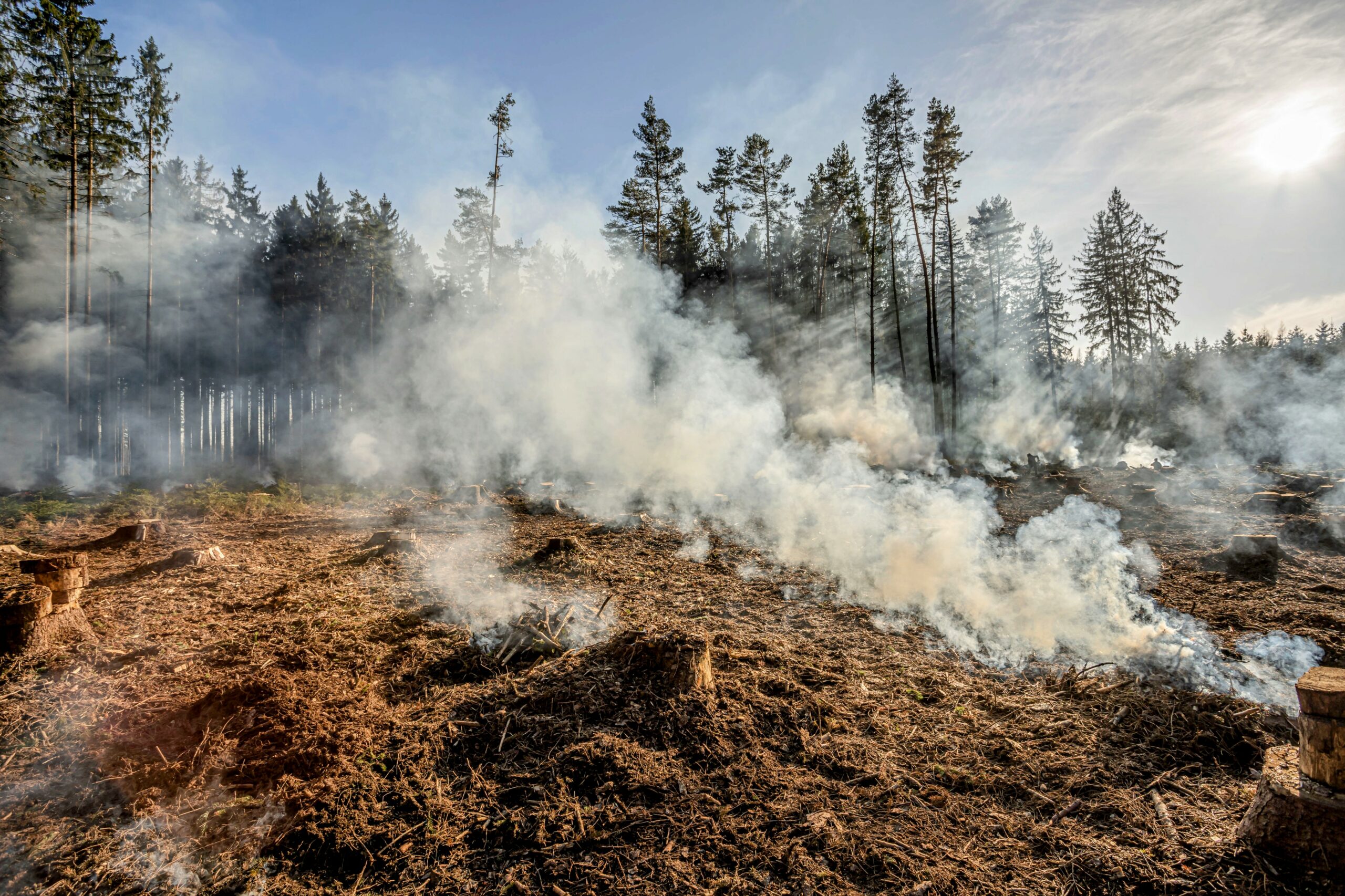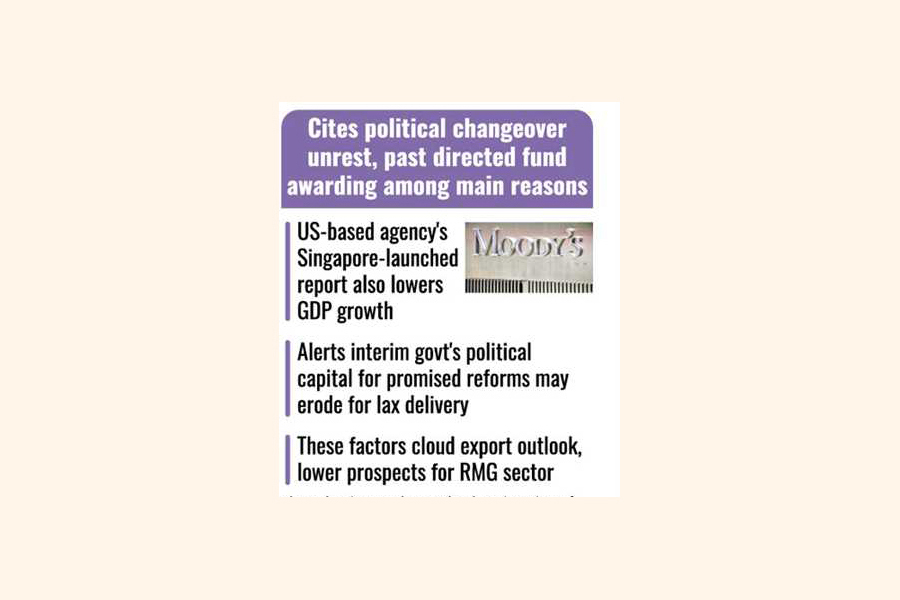The Rising Tide Of Global Forest Loss: Wildfires And The Fight For Conservation

Table of Contents
The Devastating Impact of Wildfires on Global Forest Loss
Wildfires are a catastrophic driver of global forest loss, leaving behind landscapes scarred by destruction and impacting countless ecosystems. The sheer scale of the damage is staggering. In recent years, regions like Australia, California, the Amazon rainforest, and Siberia have experienced devastating wildfire seasons, consuming millions of hectares of irreplaceable forest.
Different types of wildfires have varying impacts. Crown fires, which spread rapidly through the treetops, cause the most extensive damage, leading to complete forest devastation. Surface fires, while less intense, can still significantly impact understory vegetation and soil health, making areas more vulnerable to future fires and erosion.
- Statistics: Globally, wildfires consume an estimated 350 million hectares of forest annually (this is an approximate figure, and actual numbers vary year to year).
- Examples: The 2019-2020 Australian bushfires burned an area larger than the UK, while the 2021 Northwest Pacific wildfires in the US resulted in significant air quality issues across the continent.
- Climate Change: Climate change is a key contributor to the increased frequency and intensity of wildfires, with rising temperatures, prolonged droughts, and altered wind patterns creating ideal conditions for ignition and rapid spread. This creates a dangerous feedback loop: forest loss contributes to climate change, which in turn increases the risk of more wildfires.
Underlying Causes Contributing to Global Forest Loss Beyond Wildfires
While wildfires are a major factor, global forest loss is driven by a complex web of interconnected causes that extend far beyond uncontrolled blazes. Deforestation for agriculture, particularly large-scale cattle ranching and palm oil plantations, is a leading contributor. Logging operations, both legal and illegal, further decimate forests. Urban sprawl and infrastructure development also contribute to habitat destruction.
Unsustainable land management practices significantly increase wildfire risk. The accumulation of dry underbrush, insufficient forest thinning, and the suppression of naturally occurring low-intensity fires all create a build-up of flammable material, resulting in more intense and destructive wildfires when they do occur.
- Deforestation Examples: The Amazon rainforest is experiencing alarming rates of deforestation due to agricultural expansion and illegal logging. Similarly, Southeast Asia has seen extensive forest clearing for palm oil production.
- Economic Drivers: The demand for agricultural products, timber, and land for development fuels the economic drivers behind deforestation. Illegal logging often operates outside of regulatory frameworks, profiting from the exploitation of natural resources.
- Illegal Logging: Illegal logging activities represent a significant threat, undermining efforts to manage and protect forests sustainably. It often involves the removal of valuable timber species and contributes significantly to habitat destruction and biodiversity loss.
The Ecological Consequences of Global Forest Loss
The consequences of global forest loss are far-reaching and devastating. Biodiversity loss is one of the most significant impacts, with countless plant and animal species losing their habitats and facing extinction. Forests are crucial for maintaining the delicate balance of ecosystems. Their loss triggers cascading effects throughout the food web.
Forests play a critical role in carbon sequestration, absorbing atmospheric carbon dioxide and mitigating climate change. The destruction of forests releases vast amounts of stored carbon back into the atmosphere, accelerating global warming and creating a dangerous positive feedback loop. This contributes significantly to the increase in global temperatures and the subsequent increase in frequency and intensity of wildfires.
- Endangered Species: Orangutans, tigers, and numerous bird species are among the many endangered species threatened by forest loss. Habitat fragmentation isolates populations, making them more vulnerable.
- Carbon Sequestration: Forests act as vital carbon sinks, absorbing around 30% of human-caused CO2 emissions. Their destruction releases this stored carbon, exacerbating climate change.
- Air and Water Quality: Forests help regulate air and water quality. Their loss leads to increased soil erosion, polluted waterways, and reduced air quality.
Conservation Efforts and Strategies to Combat Global Forest Loss
Combating global forest loss requires a multifaceted approach involving international cooperation, technological innovation, and community engagement. International agreements like the Paris Agreement and the Convention on Biological Diversity provide frameworks for global action, but require stronger enforcement and commitment from signatory nations.
Successful reforestation and afforestation projects demonstrate the potential to restore degraded lands and sequester carbon. Sustainable forestry practices, such as selective logging and responsible forest management, are crucial for ensuring the long-term health and productivity of forests. Technological advancements, including early warning systems for wildfires and improved fire suppression techniques, are also playing an increasingly important role.
- Successful Initiatives: Projects focusing on community-based forest management, such as those implemented by indigenous communities, have demonstrated remarkable success in protecting and restoring forest areas.
- Community Involvement: Local communities play a critical role in forest conservation, often possessing traditional ecological knowledge and a deep connection to their forest resources.
- Funding and Policy Support: Adequate funding and strong policy frameworks are essential to support and scale-up conservation efforts effectively.
Addressing the Rising Tide of Global Forest Loss
The significant threat of global forest loss, driven by wildfires and other human activities, demands urgent and concerted action. The interconnected nature of these factors highlights the need for a holistic approach to conservation. We must simultaneously address the causes of deforestation, improve forest management, and invest in wildfire prevention and mitigation strategies.
Preventing global forest loss requires a global commitment. By supporting conservation organizations, advocating for stronger environmental policies, and making conscious consumer choices, we can all contribute to reducing the devastating impacts of deforestation and wildfires. Consider donating to organizations dedicated to forest conservation, signing petitions to protect endangered forests, and contacting your elected officials to advocate for policies that protect and restore our forests. Let's work together to combat global forest loss and protect this essential resource for future generations.

Featured Posts
-
 Former Man United Manager Ten Hag A Leverkusen Candidate
May 23, 2025
Former Man United Manager Ten Hag A Leverkusen Candidate
May 23, 2025 -
 Concerns Grow Over Sheinelle Jones Absence From Today Show
May 23, 2025
Concerns Grow Over Sheinelle Jones Absence From Today Show
May 23, 2025 -
 Bd Challenges Currans Outlook
May 23, 2025
Bd Challenges Currans Outlook
May 23, 2025 -
 The 10 Greatest Pete Townshend Songs Ever Recorded
May 23, 2025
The 10 Greatest Pete Townshend Songs Ever Recorded
May 23, 2025 -
 Uni Notenmanipulation In Nordrhein Westfalen Urteil Und Konsequenzen
May 23, 2025
Uni Notenmanipulation In Nordrhein Westfalen Urteil Und Konsequenzen
May 23, 2025
